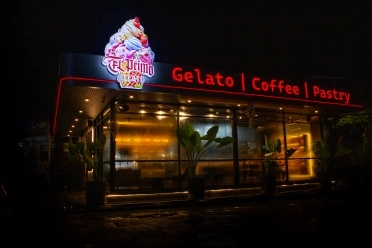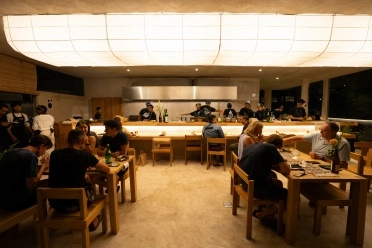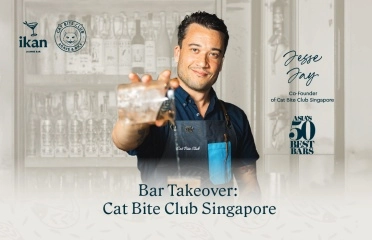Traditional Balinese medicine, practiced by village healers known as Balian, is a remarkable testament to the preservation of Balinese culture. These healers, often portrayed as shamans or village doctors, use their spiritual knowledge and energy to treat patients. The practice of Balian is deeply rooted in mysticism, with many Balinese people holding strong beliefs in its efficacy. Let's explore deeper of this fascinating and relevant aspect of the island's spiritual culture.
The Relevance of Balian; Balinese Mystical Healer
The History of ‘Usada’
The origins of Usada, the sacred texts that many Balians use, trace back to India, spreading to Bali around the 5th century. Over centuries, these texts evolved, with additions made like entries in a multi-generational notebook. This historical depth reflects the rich tapestry of Balinese healing practices. According to holy men, sickness might arise from various sources such as ancestral upset, unfulfilled promises to deities, or even envy and anger from others. Such ailments, often beyond the reach of conventional diagnostics like MRIs and x-rays, are considered niskala, or spiritual, requiring remedies that align with their mystical nature.
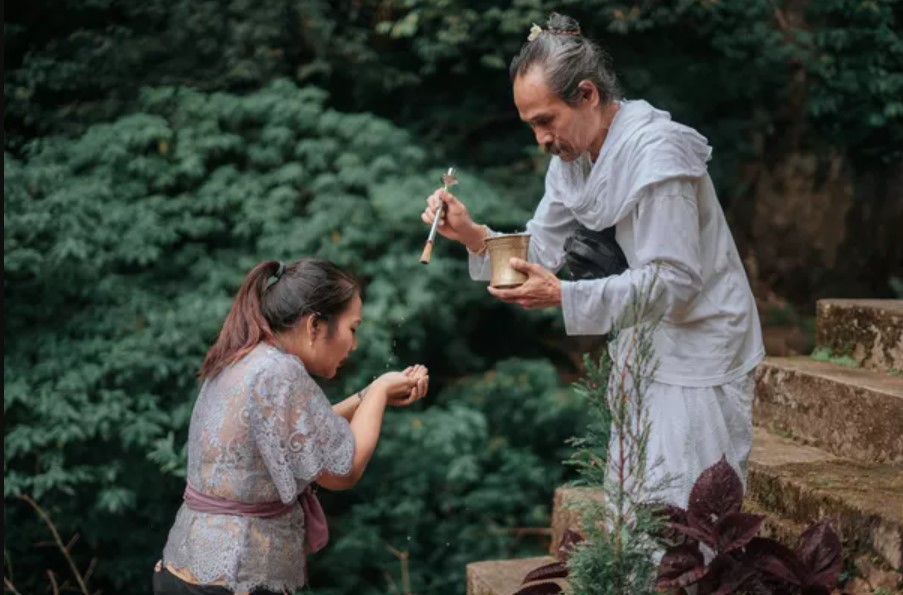
The Path of Becoming Balian
Becoming a Balian can follow different paths. Some Balians study ancient scriptures known as lontar and become well-versed in esoteric subjects, while others might simply be chosen and blessed with wahyu (divine inspiration). They often mediate between the living and the dead and are called upon for religious rituals to bring about peace.
The Philosophy of Healing
This sense of harmony is central to Balinese Hinduism, where balance between darkness and light, the seen (sekala) and the unseen (niskala), is crucial. For most Balinese, sickness results from disharmony between a person and their surroundings. While natural herbal cures and western medicine treat tangible illnesses, traditional healers address intangible maladies. Balians practice intuitive healing, learned from ancestors or directly from Hindu deities. They might use herbal medicine, massage, or spiritual rituals to heal their patients.
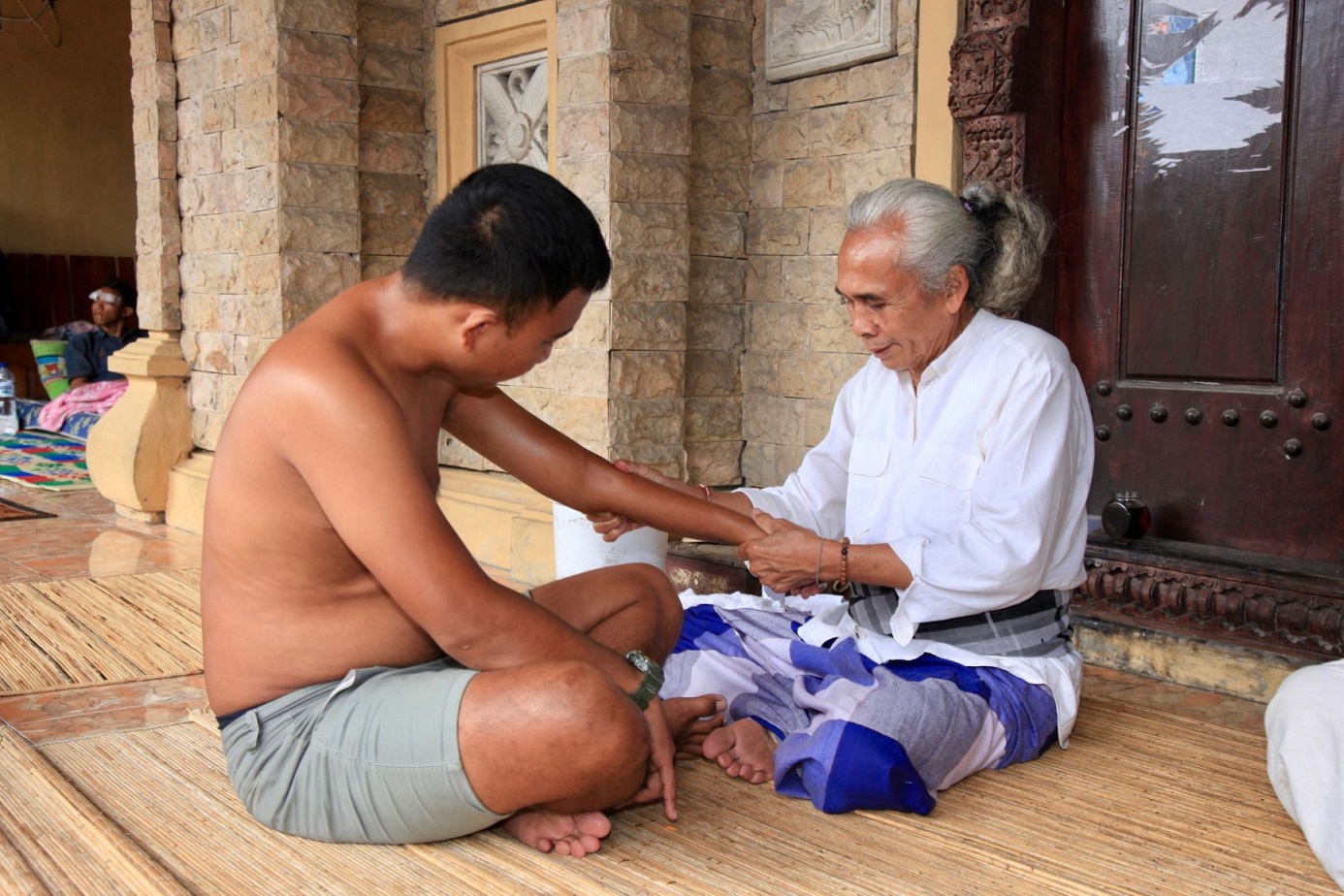
Types of Balians
Just like conventional doctors, Balian are categorized into different types and specialties. The Balian Usada relies on ancient sacred texts called 'lontar usada' and natural medicines, while the Balian Tulang specializes in setting bones and treating severe muscle sprains. Balian Apun focuses on massage therapy, and Balian Manak serve as midwives, aiding in childbirth with care and expertise. For more abstract issues, Balian Tasku draws power from nature or holy spirits, using holy water, flowers, and plants in cleansing rituals. Balian Ketakson, often women, communicate with spirits to offer insights into chronic illnesses and provide spiritual guidance through trance-induced divine wisdom. Many Balians exhibit a range of abilities, combining elements from various types and often displaying eccentric behavior, signifying the wisdom and power entering them.
Visiting a Balian
Inspired by the popular "Eat Pray Love" movie, many travelers now include visits to Balians in their Bali itineraries. The Balian featured in the film, Ketut Liyer, was a real Balinese healer whose charming and warm persona captivated audiences worldwide, significantly promoting the role of Balians. Though Ketut Liyer passed away in 2016, his legacy continues through the Liyer Spirit House. Visiting a Balian requires respect and humility. Balians are dedicated to their service and seldom turn anyone away, but it is important to make appointments, dress appropriately, and bring offerings. A typical consultation costs around Rp 100,000, with treatment costs varying.
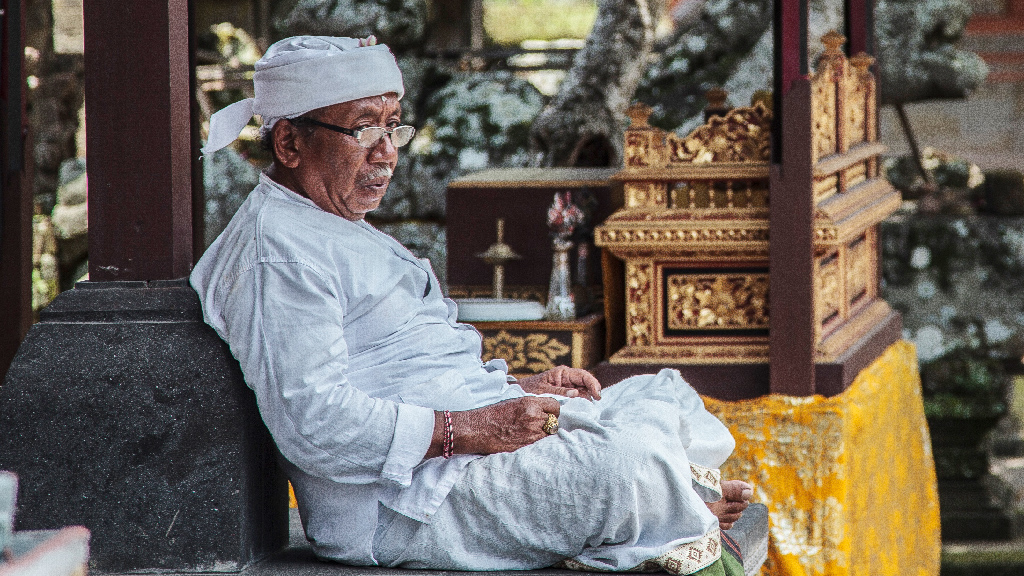
The Role of Balians in Community Health
Every village in Bali has at least four Balians, with approximately 8,000 practicing across the island. They are at the forefront of community health, often consulted before conventional doctors. Interestingly, the head of the Balian Association is a medical doctor, and the Hindu University in Denpasar has a faculty of traditional healing. Balians and doctors sometimes collaborate, with Balians referring patients to medical facilities when necessary.
The Importance of Authenticity
Although Balian is a genuine practice, some local experts warn about bogus Balians and advise seeking personal referrals. Authentic Balians can be categorized into four types: Ketakson (mediums), Pica/Paica (mediums who receive physical objects), Usada (healers who study lontar texts), and those who combine all three. These healers play a crucial role in Balinese culture, offering guidance and healing through traditional methods.
Balinese healers, or Balians, are a vital part of Bali's cultural heritage. Their unique blend of spiritual and medicinal practices provides profound healing experiences that go beyond the physical. Whether dealing with tangible ailments or emotional pain, a visit to a Balian can offer balance, harmony, and a deeper understanding of oneself.



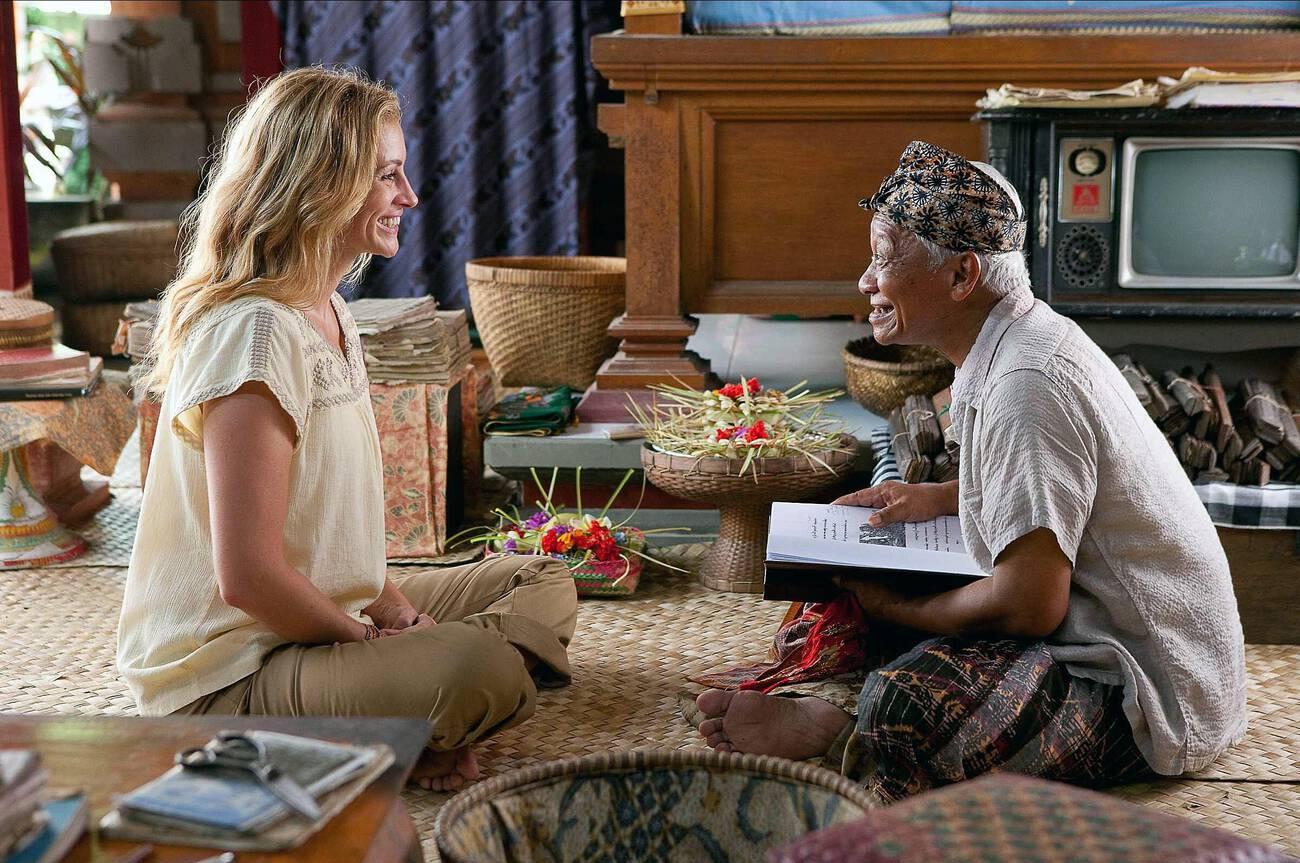
 Billy Bagus
Billy Bagus
 Aug 12, 2024
Aug 12, 2024


